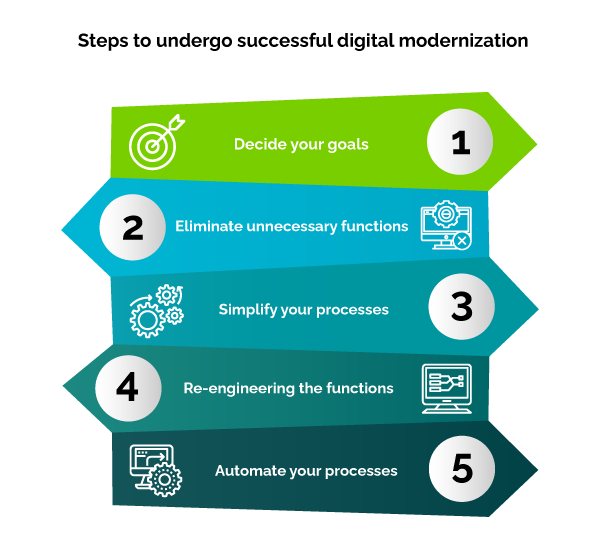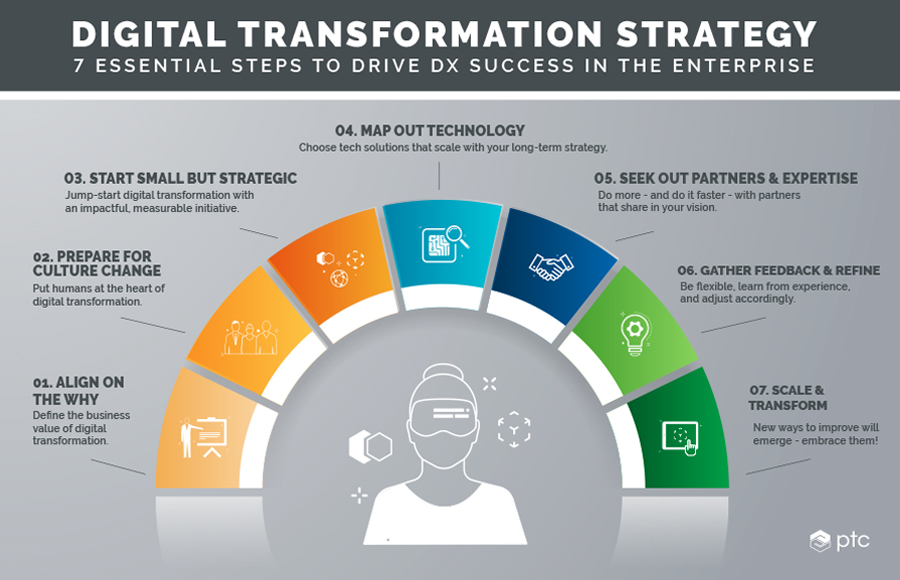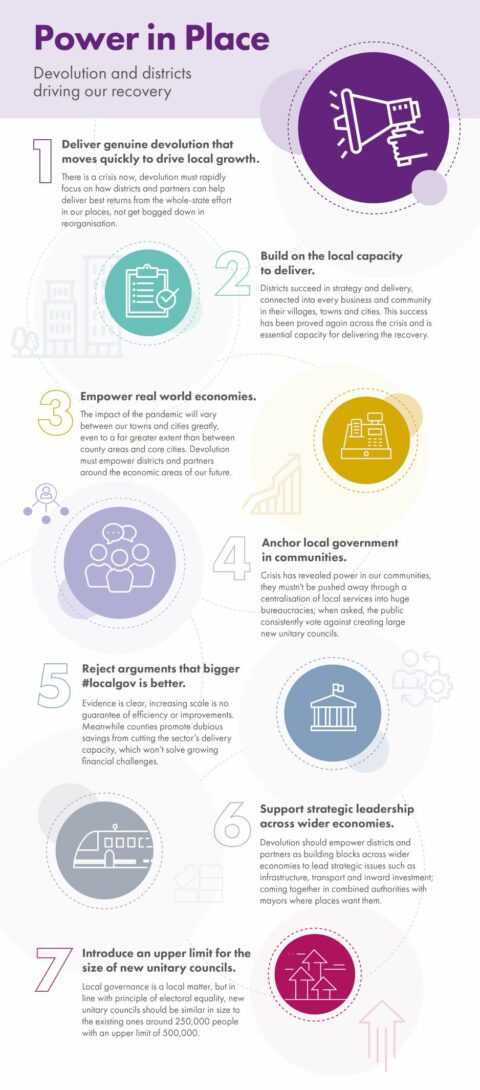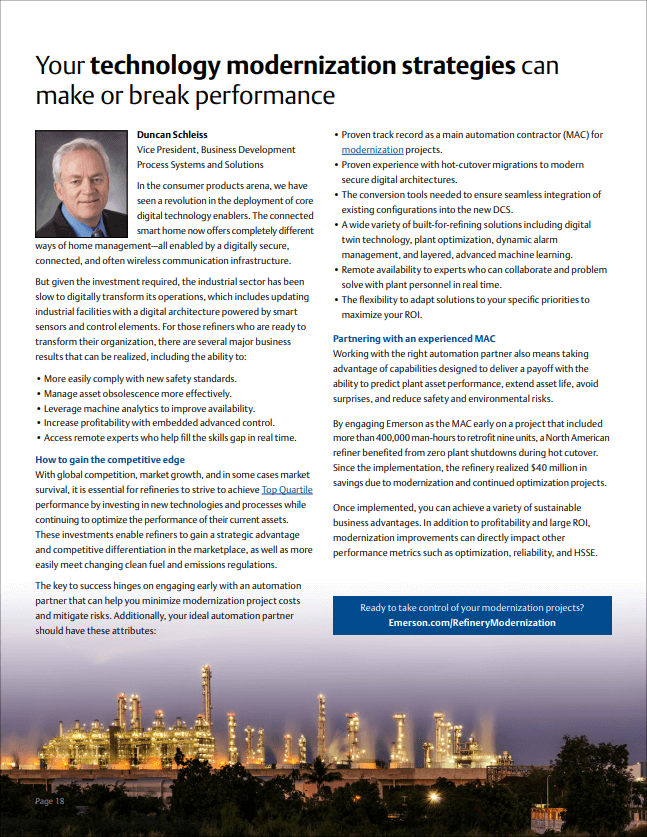The Power Of In-Place Transformation: A Comprehensive Guide To Modernization Strategies
The Power of In-Place Transformation: A Comprehensive Guide to Modernization Strategies
Related Articles: The Power of In-Place Transformation: A Comprehensive Guide to Modernization Strategies
Introduction
In this auspicious occasion, we are delighted to delve into the intriguing topic related to The Power of In-Place Transformation: A Comprehensive Guide to Modernization Strategies. Let’s weave interesting information and offer fresh perspectives to the readers.
Table of Content
The Power of In-Place Transformation: A Comprehensive Guide to Modernization Strategies

In the ever-evolving landscape of technology, organizations are constantly seeking ways to modernize their systems and applications while minimizing disruption to their operations. One powerful approach that has gained significant traction is in-place transformation, a strategy that leverages existing infrastructure to achieve modernization goals. This method, often referred to as "just-in-place vanity," offers a compelling alternative to traditional approaches, allowing organizations to reap the benefits of modern technology without the need for extensive and disruptive migrations.
Understanding In-Place Transformation: A Deep Dive
In-place transformation is not merely about applying a fresh coat of paint to legacy systems. It involves a comprehensive and strategic approach to modernizing applications and infrastructure while maintaining continuous operation. This approach centers around the idea of leveraging existing assets, such as hardware, software, and data, to build a more robust, scalable, and secure environment.
Key Principles of In-Place Transformation:
- Incremental Modernization: This principle emphasizes a gradual and iterative approach, allowing organizations to modernize their systems in manageable stages. This minimizes disruption to ongoing operations and provides ample opportunity for testing and refinement.
- Leveraging Existing Infrastructure: In-place transformation prioritizes utilizing existing hardware and software as much as possible. This reduces the need for significant capital expenditure and minimizes the complexity of infrastructure changes.
- Modernization through Abstraction: This principle involves introducing layers of abstraction that encapsulate legacy systems, enabling them to interact with modern technologies and platforms. This allows organizations to benefit from the latest advancements without completely overhauling their existing infrastructure.
- Data-Driven Decision Making: In-place transformation emphasizes data-driven decision making, enabling organizations to identify and address potential bottlenecks and performance issues proactively. This approach ensures that modernization efforts are focused on areas that deliver the greatest value.
Benefits of In-Place Transformation:
- Reduced Downtime and Disruption: Unlike traditional migration approaches, in-place transformation minimizes downtime and disruption to ongoing operations. This is crucial for organizations that cannot afford lengthy outages or service interruptions.
- Cost Savings: By leveraging existing infrastructure and avoiding costly migrations, in-place transformation can significantly reduce overall project costs. This is particularly advantageous for organizations with limited budgets.
- Improved Agility and Scalability: In-place modernization enables organizations to adapt to changing business needs more quickly and efficiently. This agility allows organizations to respond to market demands and seize new opportunities with greater speed and flexibility.
- Enhanced Security and Compliance: Modernizing existing systems can significantly enhance security and compliance posture. This is essential for organizations operating in highly regulated industries or handling sensitive data.
- Improved User Experience: Modernized applications and systems often offer a more intuitive and user-friendly experience, leading to increased productivity and satisfaction among users.
Examples of In-Place Transformation:
- Containerization: This technology allows organizations to package applications and their dependencies into isolated containers, enabling them to run seamlessly across different environments. This approach can be effectively used to modernize legacy applications without requiring a full migration.
- Microservices Architecture: This architectural pattern breaks down monolithic applications into smaller, independent services that can be developed, deployed, and scaled independently. This approach can significantly improve agility and scalability while allowing organizations to gradually modernize their existing systems.
- Cloud-Native Transformation: This approach involves leveraging cloud-based services and technologies to modernize existing applications and infrastructure. Cloud-native transformation can provide organizations with access to a wide range of advanced features, including scalability, elasticity, and high availability.
FAQs on In-Place Transformation:
1. What types of applications are suitable for in-place transformation?
In-place transformation is well-suited for a wide range of applications, including legacy systems, monolithic applications, and even cloud-native applications. The key factor is the ability to modernize the application without requiring a full migration.
2. How do I determine if in-place transformation is right for my organization?
The decision to pursue in-place transformation should be based on a thorough assessment of your organization’s specific needs and goals. Consider factors such as the age and complexity of your existing systems, your budget constraints, and your desired modernization outcomes.
3. What are the potential challenges of in-place transformation?
While in-place transformation offers numerous advantages, it also presents some potential challenges, such as the need for skilled personnel, the complexity of modernization efforts, and the risk of introducing new vulnerabilities.
4. What are the best practices for implementing in-place transformation?
Implementing in-place transformation effectively requires a well-defined strategy, a skilled team, and a commitment to continuous improvement. It is crucial to establish clear goals, prioritize modernization efforts, and monitor progress regularly.
5. What are the future trends in in-place transformation?
The future of in-place transformation is likely to be shaped by advancements in cloud computing, artificial intelligence, and automation. These technologies will enable organizations to achieve even greater levels of modernization with minimal disruption and increased efficiency.
Tips for Successful In-Place Transformation:
- Start Small and Iterate: Begin with a pilot project to test and refine your approach before scaling it to larger projects.
- Invest in Training and Expertise: Ensure your team has the necessary skills and knowledge to implement in-place transformation effectively.
- Embrace Automation: Leverage automation tools to streamline modernization tasks and reduce the risk of errors.
- Monitor Progress and Adapt: Regularly assess your progress and make necessary adjustments to your strategy based on your findings.
- Collaborate with Partners: Consider engaging with experienced partners to provide guidance and support during the modernization process.
Conclusion:
In-place transformation is a powerful approach that enables organizations to modernize their systems and applications without the need for disruptive migrations. By leveraging existing infrastructure and embracing a gradual and iterative approach, organizations can reap the benefits of modern technology while minimizing downtime and cost. As technology continues to evolve, in-place transformation will likely become even more prominent, allowing organizations to stay ahead of the curve and thrive in the digital age.








Closure
Thus, we hope this article has provided valuable insights into The Power of In-Place Transformation: A Comprehensive Guide to Modernization Strategies. We hope you find this article informative and beneficial. See you in our next article!